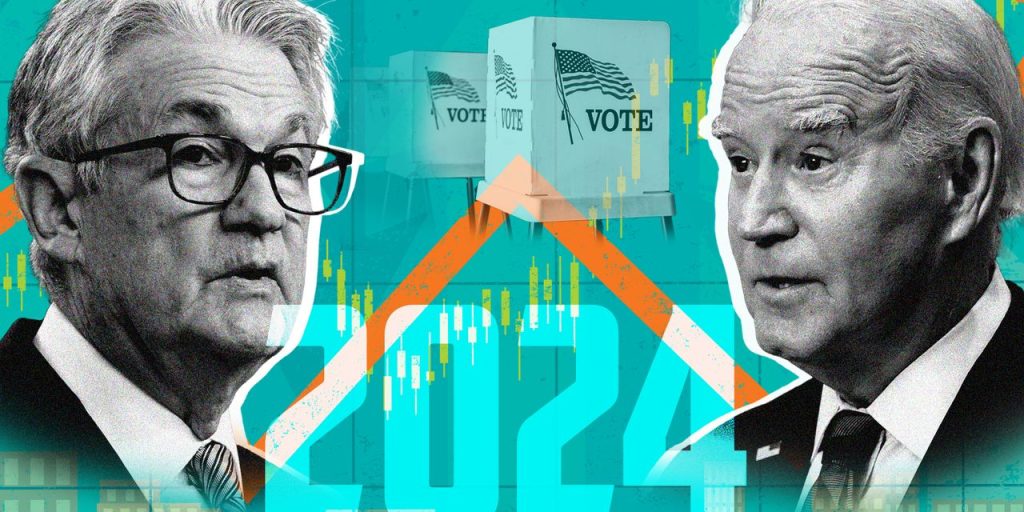About the author: Christopher S.Tang is a distinguished professor at the UCLA Anderson School of Management.
India’s Prime Minister Narendra Modi has promised to transform India into one of the world’s top three economies within five years. It’s a worthy goal. But state-specific regulations and the diverse Indian population could impede economic development.
India’s recent economic growth is impressive, even outshining that of China. After more than four decades of double-digit growth, China’s economic estimated growth rate in 2023 has been reduced to 5%, while India is experiencing a rapid growth of 7.8%, a pace not seen for decades.
The stars are lined up for India in 2023. In August, the country landed a spacecraft on the moon. Then Modi hosted the G20 summit in New Delhi, highlighting India’s growth on the global stage.
As the U.S. and European Union derisk from China, India appears to be the perfect country for Western firms to pivot toward. A report by Bank of America found that Apple may shift 18% of its global iPhone production to India by 2025. In June, Micron Technology announced its plan to build a new $825 million dollar semiconductor facility in India.
India is rolling out incentives to attract foreign direct investment and manufacturing, in support of Modi’s “Made in India” campaign launched in 2014.
First, India has been attracting FDI to further develop several sectors including services, computer software and hardware, telecommunications, automobiles, pharmaceuticals. For example, in 2019, the Indian government relaxed its FDI policy by allowing 100% foreign direct ownership in contract manufacturing, along with smaller shares in single-brand retail trading and digital media.
This relaxed FDI policy helps explain the growing interest in India by Western firms such as Amazon, Apple, Samsung, IKEA, and Pfizer. In 2022, the United States invested $6.8 billion in India. Also, the total greenfield FDI flows into India rose by 10% percent to $49 billion in 2022, making it the third largest recipient of FDI in the world in 2022.
Second, India’s current effective tax rate is on par with other leading Asian countries such as China, Vietnam, Malaysia, Singapore, and South Korea. However, India offers tax relief at both the central and state level. Additional incentives are available to investors in specific sectors or facilities located in India’s special economic zones. As of 2023, there are 270 operational special economic zones in India, with high concentration in southern states of Tamil Nadu and Maharashtra. For example, Bosch, Daimler, Nokia, Nissan and Renault have taken advantage of this and established facilities located at the Oragadam SEZ in the state of Tamil Nadu.
Third, to create jobs for Indian workers, boost economic growth, and promote exports, India imposed higher tariffs and introduced the “production-linked incentives” scheme in 2020 to provide companies with incentives for sales of products manufactured in India. This scheme has expanded into a $24 billion program focusing on 14 areas including auto components, automobile, electronics systems, telecom equipment, etc.
This mechanism provides incentives for foreign firms to set up production facilities in India to sell into the Indian market of 1.4 billion consumers and to support the country’s desire to grow its export markets. For example, Chinese company Vivo established its own manufacturing facility to produce mobile phones in the state of Uttar Pradesh with a capacity of around 60 million phones annually. This move was a huge success, making Vivo the second-largest smartphone brand in India after Samsung. Vivo India says it is on track to export over one million smartphones in 2023.
These incentives are enticing. And the current political landscape offers India a competitive advantage. However, China’s end-to-end supply chain solutions for making parts to final assembly are likely to secure its dominance in the manufacturing sector for many years to come.
Unlike China, India’s constitution grants a high level of autonomy to its 28 states, which undermines the ability of the central government to stimulate the economy at the national level. Modi’s 2017 national goods-and-services tax was a notable effort to overcome the balkanization of the economy. But without a centralized system to control the economic development of different states, collaboration and coordination across different states can be challenging.
To develop a connected national market, the Indian government is building motorways, airports, and railroads to stimulate material and people movements between states. However, even when this new infrastructure is put in place, there will be wide gaps between states. GDP per person in Uttar Pradesh is around $4,000, compared to $10,000 in Kerala.
Besides the income gap, there is a cultural gap. Unlike China, where 92% of the population belongs to the Mandarin-speaking Han ethnic group, India has a very diverse population that speaks many languages. Cultural differences, language problems, and state-specific business regulations make expanding a business from one state to another a challenge.
Unlike China, which has developed its end-to-end supply chain solutions over the last four decades, India’s manufacturing sector has been small relative to its agricultural sector. India has yet to develop its capability to produce electronic parts domestically. India imported $12 billion worth of China-manufactured electronic parts in a five-month span last year, making up more than a quarter of its China imports. Netherlands-based Philips said in October that, despite the call to derisk from China, it will continue to source Chinese components including nuts, bolts, plastics, electronics, monitors, and other semi-finished goods for its operations around the world.
Modi’s dream for India is inspiring. But for it to become a reality, India needs to do much more to overhaul the bureaucracy that holds back foreign firms.
Guest commentaries like this one are written by authors outside the Barron’s and MarketWatch newsroom. They reflect the perspective and opinions of the authors. Submit commentary proposals and other feedback to [email protected].
Read the full article here







